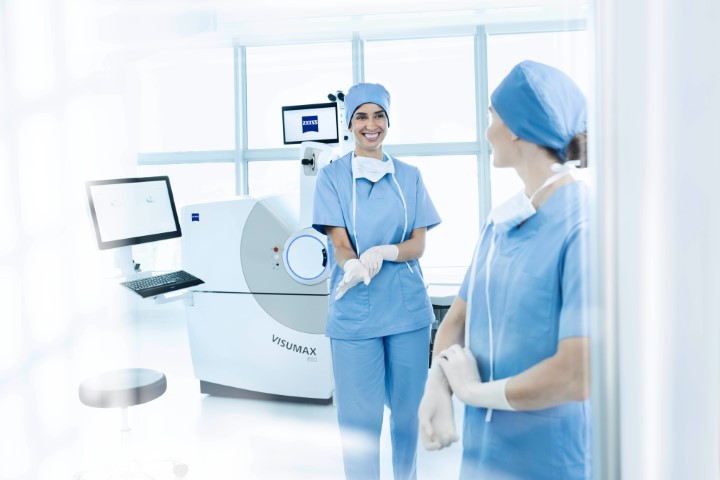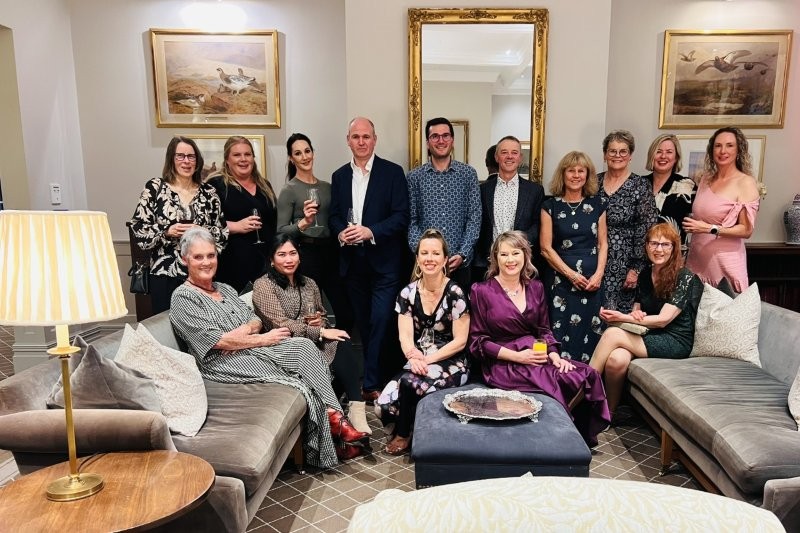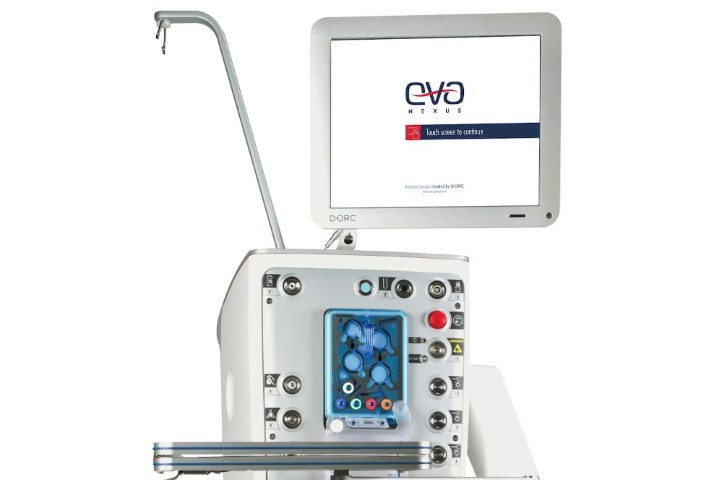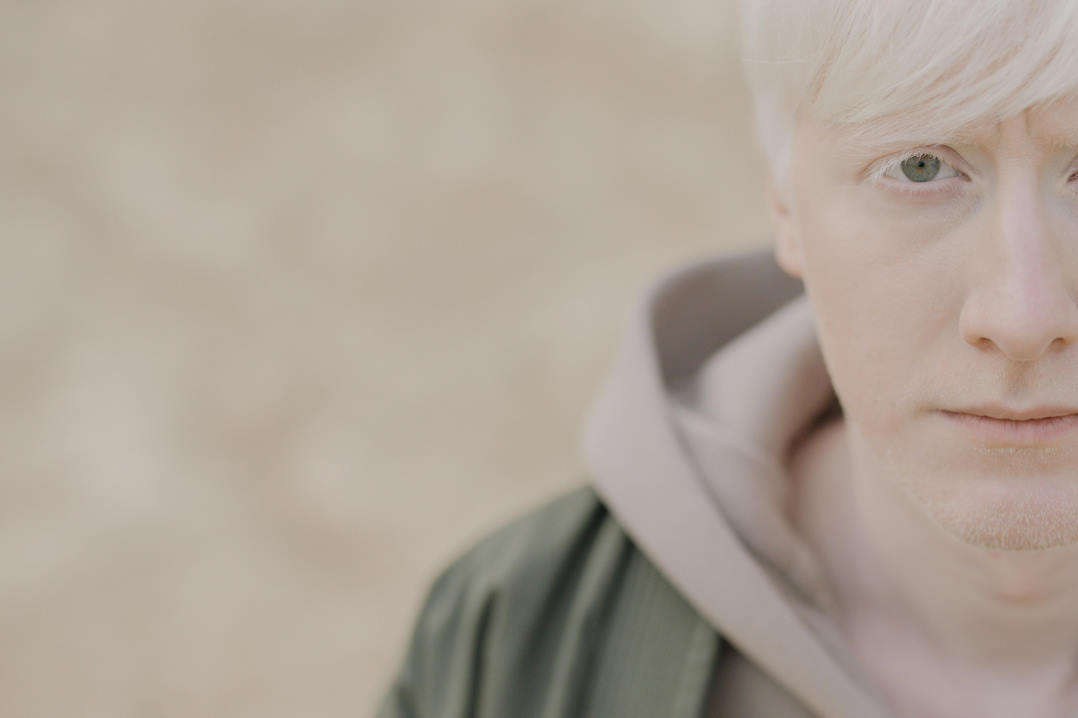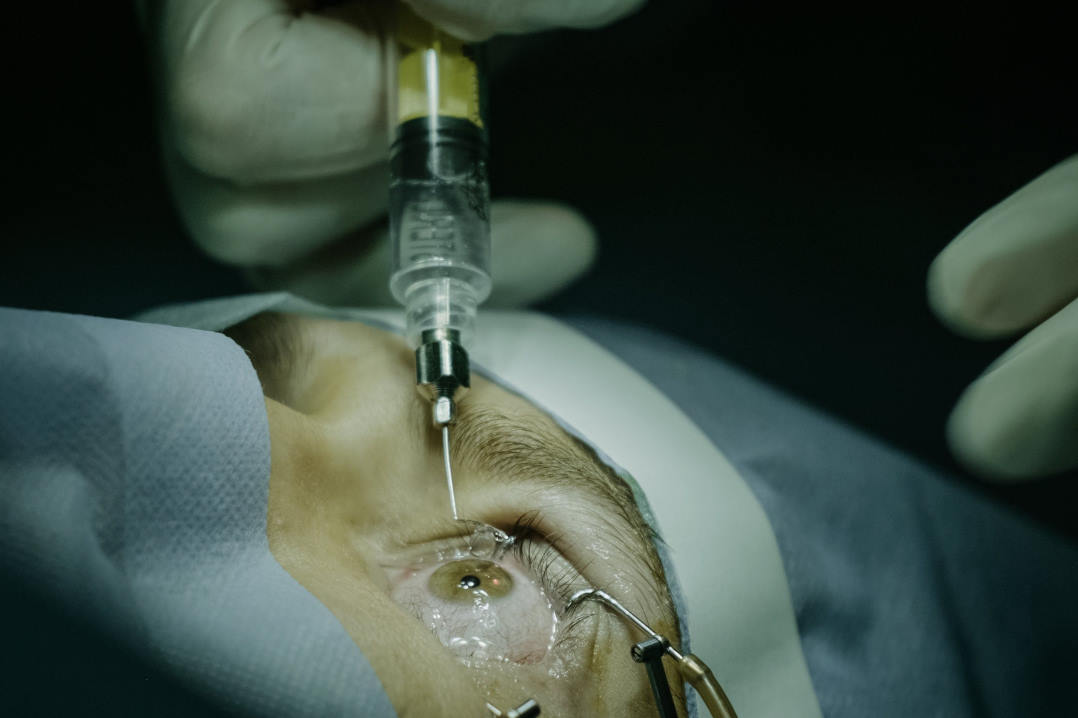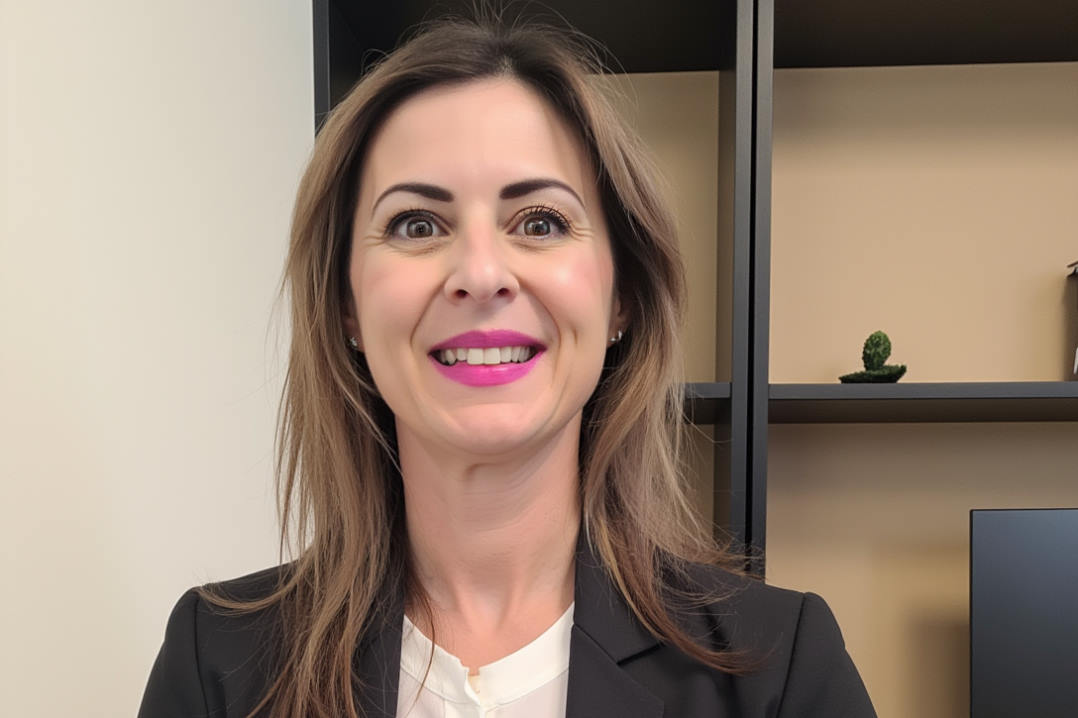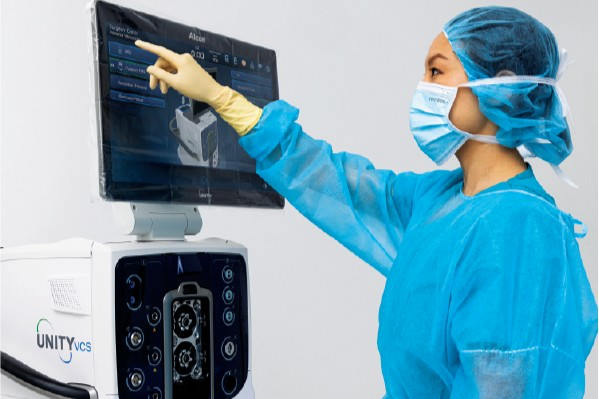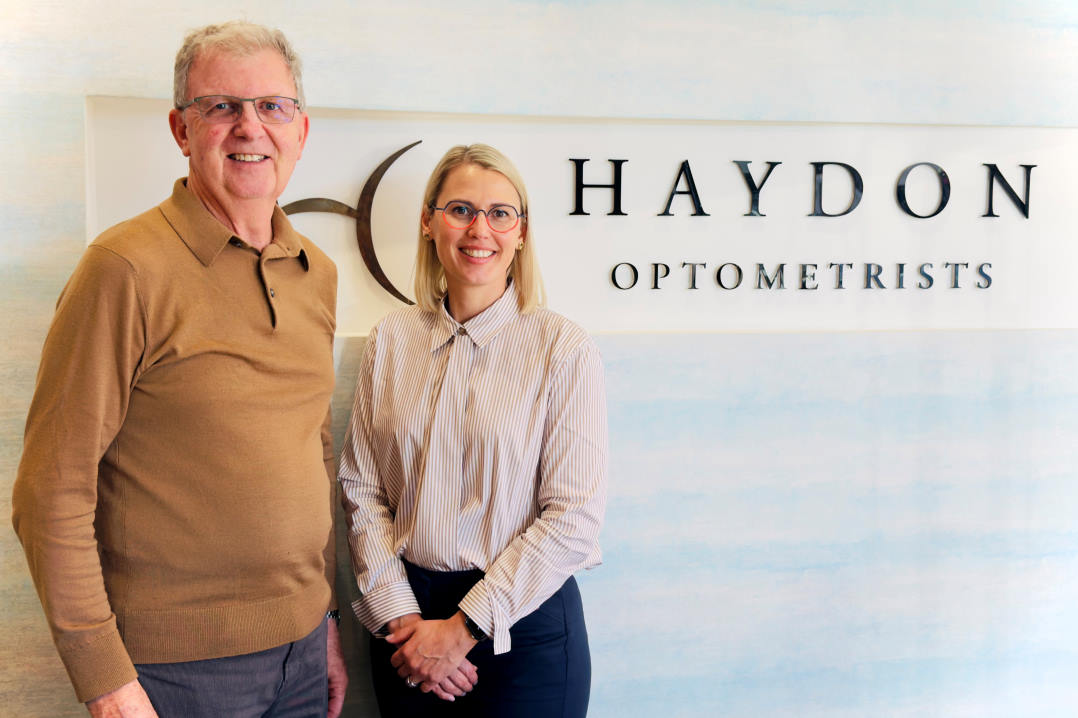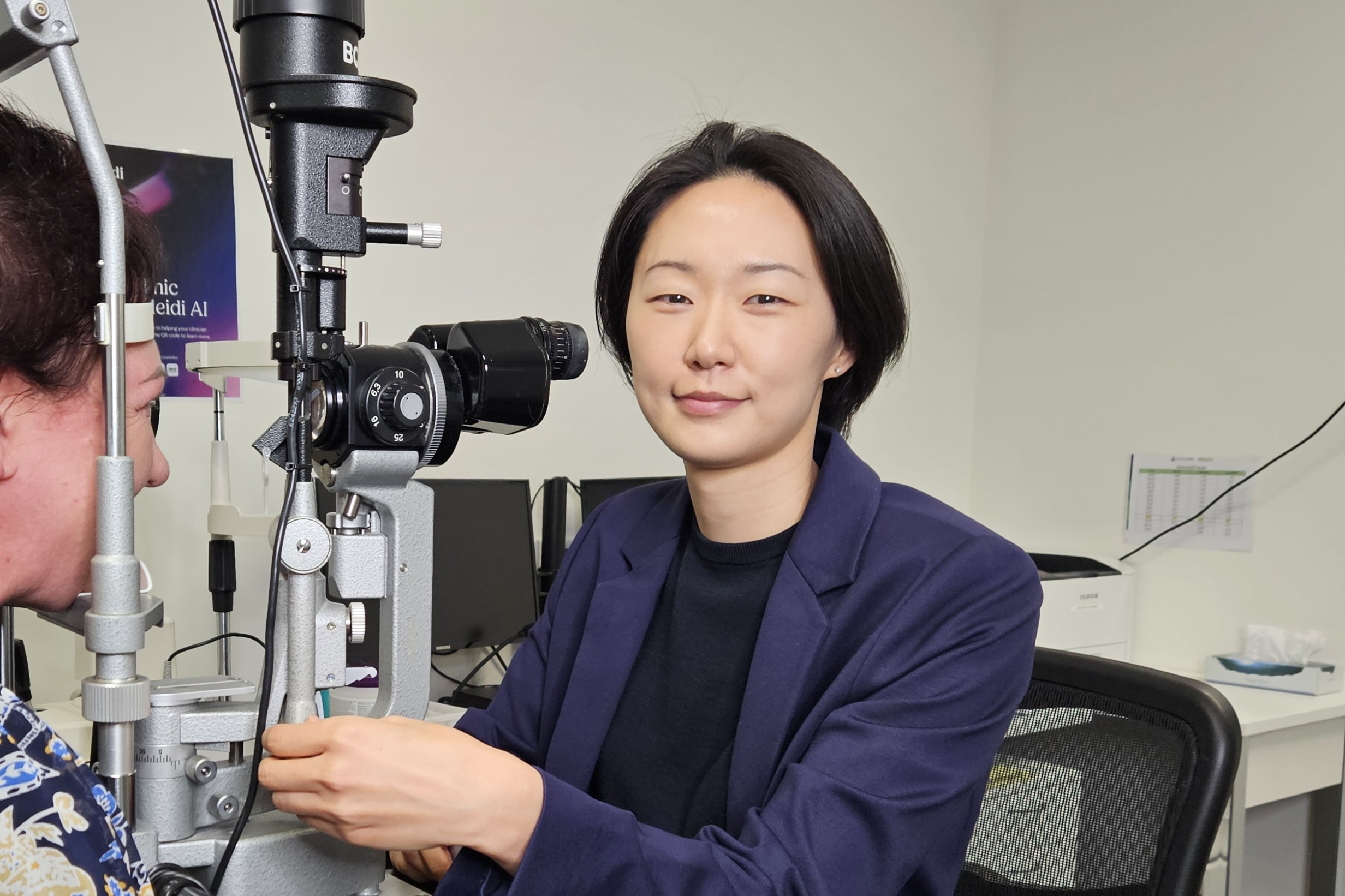SPONSORED: The VISUMAX 800 femtosecond laser, shaping the world of refractive surgery
It wasn’t until 1995 that photorefractive keratectomy (PRK) was first approved for commercial use, with LASIK coming along four years later in 1999. In 2011 ZEISS brought a new innovative approach to laser eye surgery with the launch of small incision lenticule extraction (SMILE). SMILE made use of the VisuMax femtosecond laser (Carl Zeiss Meditec, Jena, Germany) to create lenticule planes. With the plane created, the lenticule is manually extracted by the surgeon through a laser-generated access cut. Since its launch, the clinical advantages of SMILE have led to it becoming an increasingly prominent and trusted procedure. To date over 7 million surgeries have been performed by more than 2,500 surgeons globally.
In 2021, some 10 years after its original launch, the VisuMax Femtosecond Laser was succeeded by the VISUMAX 800 femtosecond laser – the ZEISS development team having spent five years building on the success of the original VisuMax to create a new evolution femtosecond laser. This internal expertise, coupled with knowledgeable input from corneal refractive surgeons and learnings from 10 years of experience with SMILE, were applied to optimise the performance of the new laser.
A significant development of this new laser was an increase in speed, with a four-fold faster laser repetition rate compared to the VisuMax, allowing users to create the lenticule in less than 10 seconds and complete a flap cut in approximately five seconds.
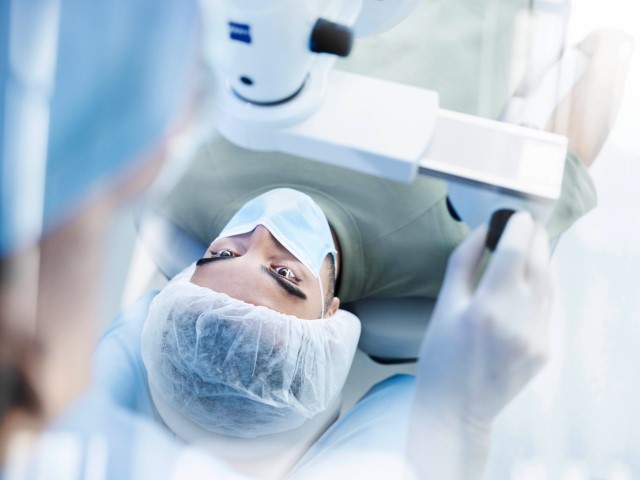
Physically and operationally, the VISUMAX 800 differs from its predecessor, having separate laser and microscope arms and using heads-up docking, which is achieved by lowering the laser onto the eye rather than by raising the bed. With the moving parts integrated into the laser arms and no attached bed, the design results in a smaller footprint than the VisuMax. Clinically the VISUMAX 800 also adds digital cyclotorsion and a centration guide, allowing more precise treatments with more enhancements to follow.

The new design boasts two screens: one is used for data management before surgery and can also be used by the theatre assistant to observe the procedure, while the other provides comprehensive visualisation during docking and throughout the surgery, thereby ensuring ergonomic comfort for the surgeon.
In this digitally connected age, it is no surprise that the development team of the VISUMAX 800 have ensured that digital connectivity is at the heart of this unit, as such VISUMAX 800 is fully integrated into the refractive workflow. The femtosecond laser is connected via ZEISS FORUM ophthalmology software with other devices and software platforms. Data management and treatment planning are now centralised to one point. Treatment planning can be done outside the theatre with Refractive Workplace and sent via a click to FORUM and from there to the relevant laser. A new Nomogram planning software (VISULYZE) has also been introduced, running parallel with FORUM, to optimise the surgeon’s post-operative data, further enhancing clinical outcomes for patients.
VISUMAX 800 represents a new evolution of ZEISS femtosecond lasers, offering reduced laser time in comparison to its predecessors while making tissue separation with SMILE pro from ZEISS easier than before.
For more, click here.









